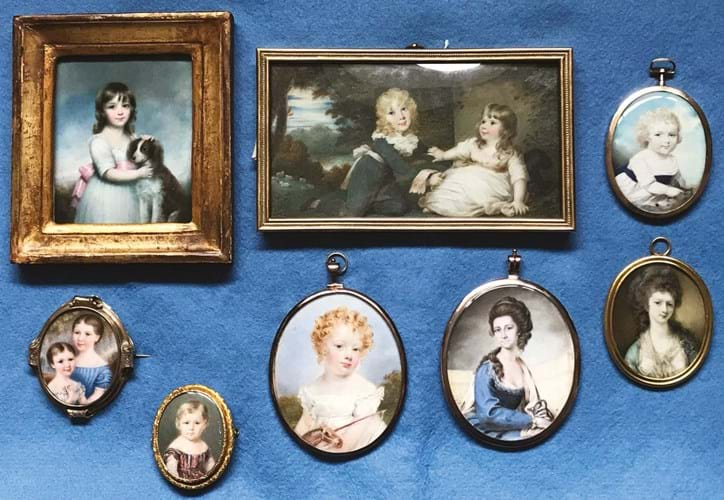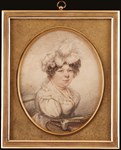Miniature materials
Miniatures can be painted on a number of mediums including:
■ VELLUM: early miniatures were painted on calf skin (usually put on top of a playing card) using watercolours.
■ PLUMBAGO: during the late 17th century a style of graphite on parchment or vellum developed.
■ ENAMEL: in the 18th century painting on metal using enamel became popular.
■ IVORY: ivory was difficult to work but gradually artists found degreasing and keying the surface enabled painting on this medium.
Ivory miniatures bought and sold in the UK now need to be registered. Under the Ivory Act, pre-1918 portrait miniatures with a surface area of less than 320cm² need a certificate applied for from Animal and Plant Health Agency (APHA). The fee is £20 per item (or £50 for a group of objects up to a maximum of 20).
Brief history of portrait miniatures
Miniatures, once called limnings in the 16th and the 17th centuries, developed from the artists painting illuminated manuscripts.
They first appeared in European royal courts in the 16th century and by the 18th century were popular across the upper classes.
They were commissioned as tokens of love to friends and family.
By the 19th century the examples were larger and instead of worn or carried on a person they were designed for hanging on a wall, shelf or piano.
With the advent of photography, demand for the traditional portrait miniature declined.















